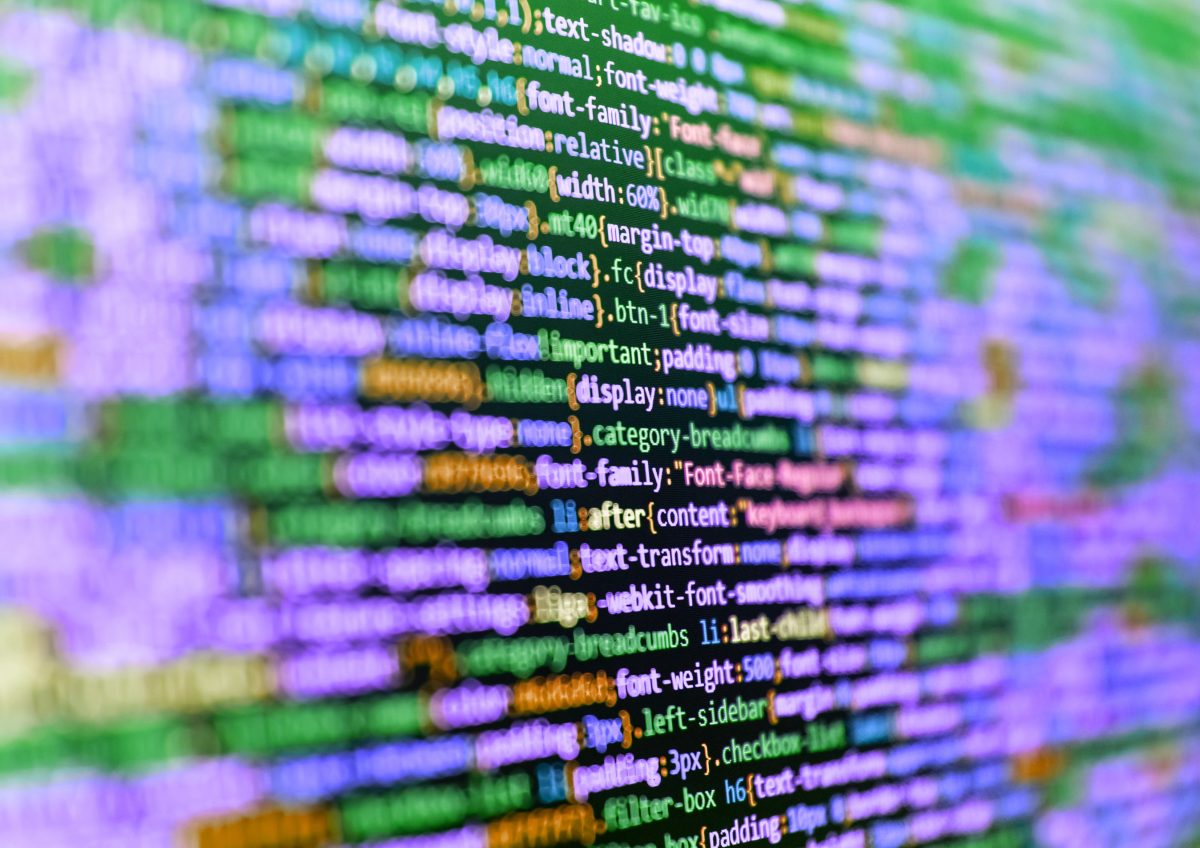
Underrepresented groups in machine learning training data can lead to biased AI products. It’s important to ensure equitable data in the training datasets used.
It is concerning that people of color, minorities, and women are often not well-represented in machine learning training data. This lack of representation could potentially lead to biased AI products, which could have a negative impact on society.
As AI continues to shape our world, it is important to ensure that the training datasets used in AI models are equitable.
It has been predicted that AI, specifically machine learning, could potentially replace up to 73 million jobs in the US by 2030.
While this technology may replace some jobs, it could also augment others. Therefore, it is crucial to ensure that machine learning algorithms learn from equitable data.
There is a constant race for generative AI applications, with tools such as ChatGPT, DALL-E, Google Bard, and Midjourney.
However, it is important to understand the long-term implications of incorporating AI into every aspect of our lives.
When designing AI systems, it is important to seek input from individuals with diverse backgrounds, experiences, and lifestyles.
By incorporating humanities, the arts, engineering, and computer sciences into the development of training models, we can ensure that the data accurately reflects the community that it is intended to serve.
Machine learning is a subcategory of AI that imitates human behavior and learns without being explicitly programmed.
This allows machines to do things like identify objects and interpret natural language text, making it an essential tool in AI programs. Examples include chatbots, social media feed algorithms, Netflix suggestions, and autonomous vehicles.
AI tools provide value and convenience by sifting through millions of data points, uncovering insights that humans cannot easily identify.
They help predict weather or climate change outcomes, remind us to perform business transactions before the market shifts, and more.
Consequently, companies have begun to incorporate AI tools and platforms to grow market share, become more competitive, and navigate turbulent markets.
However, it is imperative to ensure that autonomous decision-making machines work equitably for everyone. A deep dive into how machine learning works and the impact of using this technology without oversight highlights some disturbing trends.
The basis for AI algorithms and statistics has roots in eugenics, a pseudoscience movement aimed to eliminate undesirable genetic traits in humans through selective breeding. Many statistical terms used in modern AI applications came directly from the eugenics movement, which raises concerns about the future of AI.
It is important to understand that bias can quickly find its way into any experiment, and this can be particularly problematic in AI. Human motives, prejudice, groupthink, and interpretation can all color statistics, resulting in bias in modern AI applications.
For example, facial recognition systems often have bias built into them because of the training data used. Digital activist Joy Buolamwini found that the popular dataset for training facial recognition tools, “Faces in the Wild,” contains 70 percent male and 80 percent white faces.
This bias threatens the credibility of facial recognition programs and could lead to the misidentification of darker-skinned people and women.
To fight bias, we must carefully vet training data and align our organizations to support human-centered AI. We must understand that our technological defaults are embedded with cultural and social prejudices, making discrimination and injustice a part of our data models.
Therefore, we must interrogate the assumptions embedded within data science and machine learning.
Read more in Hispanic Engineer magazine.
The U.S. Army Corps of Engineers has been tasked with…
Brown and Caldwell, a leading environmental engineering and construction firm,…
Humboldt State University, one of four campuses within the California…